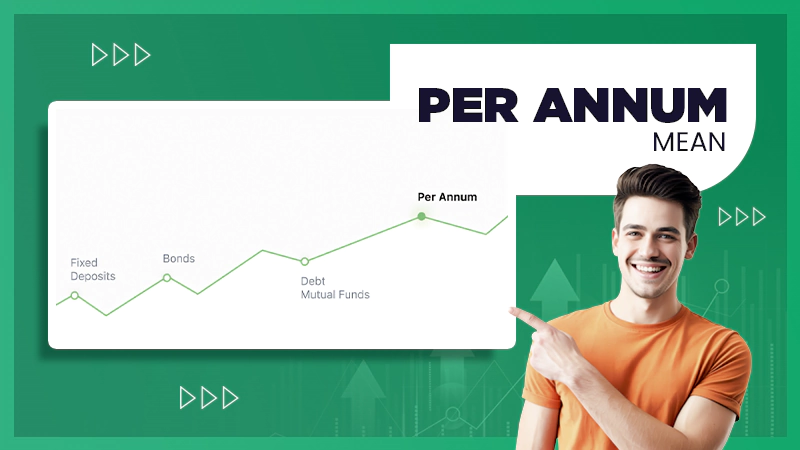They are a collection of software tools to help you do a complex task on a single platform, instead of going here and there.

Have you ever felt exhausted while managing accounting stuff on different platforms? Keeping a continuous eye on numbers, double checking invoices, and manually updating sheets take up most of the time. And when you still find mistakes, then it feels like the most frustrating task.
This is where integrated software takes entry. They help you connect your various accounting tools, CRMs, and payment systems into a single, automated ecosystem. More to it, they ensure that your data is up-to-date with time, without requiring any manual entry. These modern accounting software are like a dream coming true for accounting professionals.
Want to explore more about why and in what ways they help? Continue reading, and you will be aware of why and in what ways integrated software makes accounting more reliable and equips you to make better decisions.
Key Takeaways
- Accounting stuff, CRMs, manual data transfers, and more can be easily connected with the help of integrated software.
- Error rates in automation are very low compared to manual work. This ensures accurate financial records.
- Real-time data allows you to make instant decisions, which overall increases your productivity.
- Teams get clearer about their role and get more confident, resulting in better decision-making.
What Do We Mean by “Integrated Software”?
When we say “integrated software” in accounting, we mean tools that work together without needing you to move data around manually. Your accounting platform, CRM, invoicing app, payroll system, and payment processor should all be connected – sharing information as things happen, not days later. One of the great examples of integrated software is a CRM system with invoicing. It keeps customer data, billing, and payment tracking under one roof, so sales and finance don’t have to pass information back and forth.
Unfortunately, in many businesses, all software operates in separate worlds, each requiring manual updates and cross-checks to stay aligned. That’s where problems start – missed invoices, duplicate data, mismatched balances, and financial blind spots.
Integrated software solves this by syncing these tools together so that customer information, payments, invoices, and financial reports are always in sync. No more switching tabs to cross-reference numbers. No more wondering if the data is outdated. Everything flows through a connected ecosystem.
Why Integrated Software Makes Accounting More Reliable
The reliability of accounting doesn’t just depend on having the “right tools.” It depends on having the right tools working together.
Here’s why integration moves the needle:
Fewer Manual Errors
Manual data entry is unreliable. It can carry error rates of around 4%, showing how even small inaccuracies add up when information is keyed in by hand.
When finance teams have to enter the same information in multiple places, mistakes are inevitable, especially as the business scales. We’ve seen this play out in everything from small service businesses to SaaS companies with hundreds of clients. A single typo in an invoice or a mismatch between tools can throw off entire reports.
Integration cuts out those repeat actions, which means fewer chances to get it wrong.

Caption: Manual processes introduce risk. Even small mistakes in data entry can lead to major reporting errors.
Real-Time Data = Better Decisions
When your tools are disconnected, financial reporting turns into a manual process. Data has to be pulled, cleaned, and double-checked before anyone can use it.
Integrated systems, on the other hand, update as things happen. Payments get logged instantly. Invoices sync across tools. Reports reflect the latest activity without extra effort. That kind of real-time visibility isn’t just more convenient – it leads to better, faster decisions based on up-to-date numbers.

A Single Source of Truth
In most teams, you can ask five people for a number and get five different answers. That’s not always because someone’s wrong, but because the data lives in too many places.
Sales might be looking at one figure in the CRM, while finance is reporting something else entirely from the accounting system. Everyone trusts their own system, and none of them match. That problem goes away when your tools are integrated, as one system feeds the next, and the data stays consistent across the board.

Caption: Real-time visibility improves financial decisions – another way integrated software makes accounting more reliable.
Faster Reconciliation
Month-end shouldn’t feel like detective work. But in a lot of businesses, it does. Finance teams spend hours matching transactions, correcting entries, and trying to figure out why the bank balance doesn’t line up with the books.
Disconnected tools are often to blame. A payment shows up in one system but never gets logged in another. Someone updates a spreadsheet, but forgets to update the accounting software.
With integrated systems, that manual cleanup mostly disappears. Transactions sync automatically. Reconciliation happens as you go – not in a rush at the end of the quarter. And when everything lines up the first time, reporting becomes a lot faster and a lot more reliable.
Interesting Fact
Manual data entry has an error rate of around 4%. This can be tackled by automating data flow between systems. Integrated software reduces the chances of mistakes and leads to better financial reports.
The New Standard Concerning Automation and Accuracy
It’s not only that integrated software makes accounting more reliable. It allows you to automate the parts of the process that were never designed to be manual in the first place. In short, automation in finance creates consistency across every step of the process.
Teams follow the same workflow every time, and the systems record each transaction as it happens. Every entry includes a timestamp, full details, and a clear trail. That structure makes it easier to stay compliant, catch small issues before they grow, and keep reports accurate without extra cleanup.
We’ve seen this in workflows where invoicing kicks off automatically after a deal is marked “Closed Won.” Taxes apply based on the customer’s location. Payments sync in the background, giving the finance team time to focus on forecasting and month-end reporting.
Final Thoughts
As you’ve seen, integrated software makes accounting more reliable. It cuts down on errors, speeds up reporting, and gives teams the visibility they need to make adequate decisions. If your tools still don’t share data, what are you waiting for? Start connecting your software to give your finance team the reliable foundation they need to scale.







